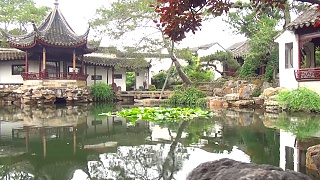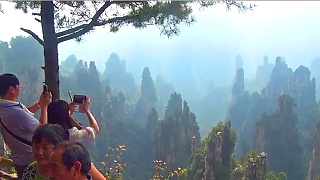 Taking an autonomous (driverless) taxi in BeiJing
Taking an autonomous (driverless) taxi in BeiJing
Related Videos
Featured Videos

|
SiChuan province.
Filmed at the ChengDu Panda Base and the BiFengXia Panda Base.
|

|
Bonus film - two hours of pronunciation practice ...
|

|
中国传统油纸伞
|

|
SuZhou lies in JiangSu province, just west from ShangHai Municipality, between the ebb of the YangTse river and TaiHu lake.
SuZhou has a history of over 2,500 years. The city's canals, bridges, pagodas, and gardens have contributed to its standing as one of the top tourist attractions in China. The 'classical gardens of SuZhou' were added to the UNESCO World Heritage Sites in 1997 and 2000. SuZhou is sometimes referred to as the 'Venice of the East'.
|

|
Awesome soundscapes by the wonderful Michel Pepe - let your heart sail through the stars ...
|

|
A beautiful new film by David Lee ...
|

|
Modern China, center of business and commerce, began here, in GuangDong province, south east China, just forty years ago, following the vision and effort of Deng XiaoPing (1904 - 1997).
Deng XiaoPing opened China to the world, as it had been during the long period of a prior golden age with the Silk Road to the Middle East and Europe (by land) and other parts of south east Asia and as far as Africa via the Silk Road of the Sea. His policies are credited with helping China to develop in the most startling transformation that the world has ever seen, raising the standard of living of hundreds of millions. This followed his Southern Tour of 1992 when the likelihood of adoption of his vision still looked slim. Deng was also a key player in the return of Hong Kong to China in 1997.
Too far. some might say, but without this move, the position to debate that would not now exist.
Let's take a stroll along a street in the downtown on a spring evening ...
|

|
With China Street View ...
With Walk East ...
With Ahead Of Thyme ...
|
Tag search ?







 Taking an autonomous (driverless) taxi in BeiJing
Taking an autonomous (driverless) taxi in BeiJing







